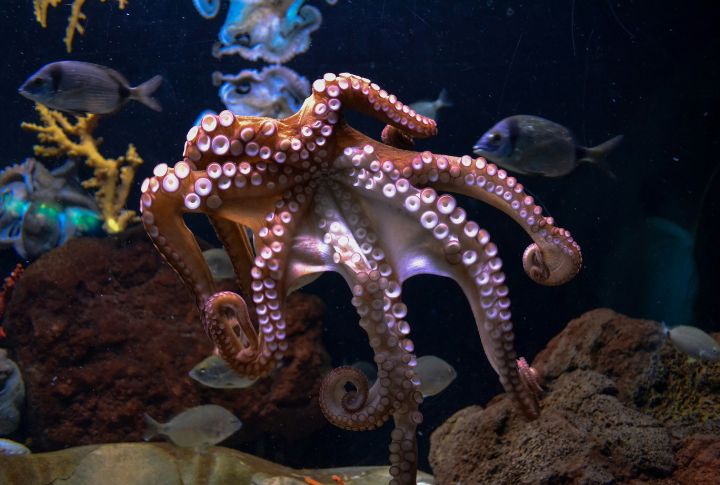
Octopuses don’t just blend into their surroundings. They rewrite the rules of what animals can do. With minds that rival mammals and behaviors that seem almost alien, these sea creatures continue to fascinate scientists. Here are some lesser-known reasons they’re truly one of a kind.
Octopuses Use Tools To Build Shelters
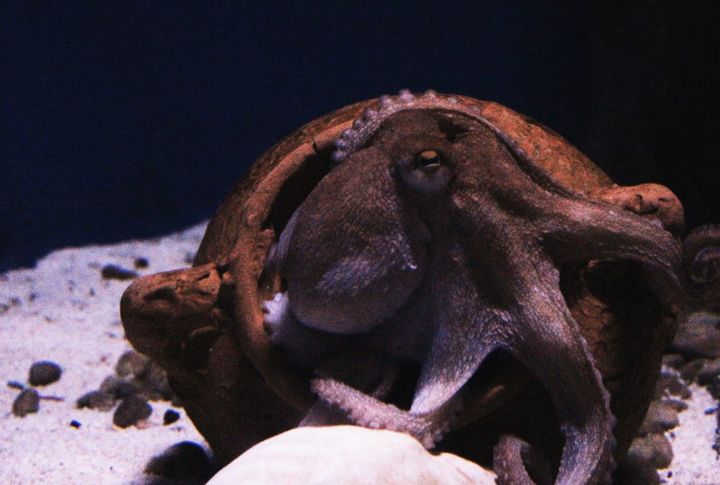
Octopuses have been spotted collecting coconut shells and arranging them to create makeshift shelters, a rare example of tool use in the animal world. Planning ahead, some even carry these shells across the seafloor—a behavior scientists refer to as “stilt-walking.”
They Can Taste Through Their Arms
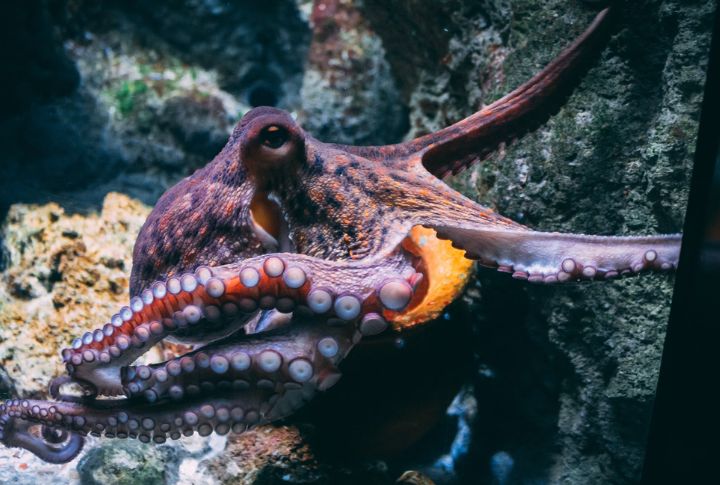
An octopus doesn’t need to bite to know what it’s touching. Each arm is packed with thousands of chemoreceptors that “taste” the environment. These arms act on their own, probing into tight spaces using only their suckers to investigate what’s around them.
They Mimic Other Marine Animals
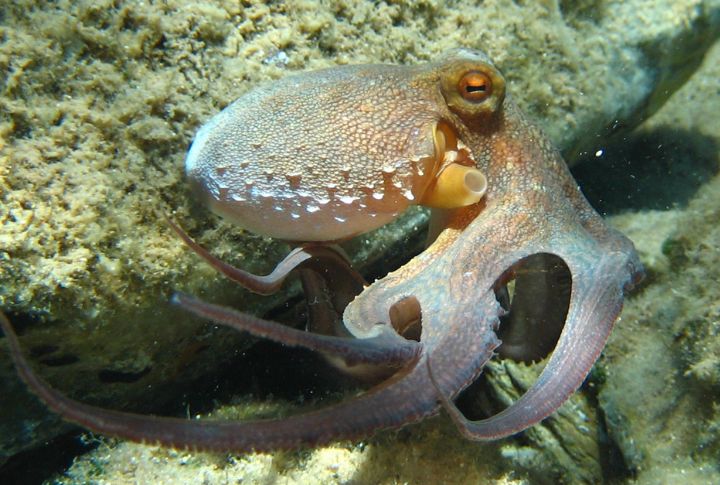
To escape danger, an octopus can transform into a lionfish, a flatfish, or even a sea snake. It chooses its disguise based on the type of predator nearby. This unique strategy baffles attackers and ranks among the most diverse mimicry found in the animal kingdom.
They Can Edit Their Own RNA
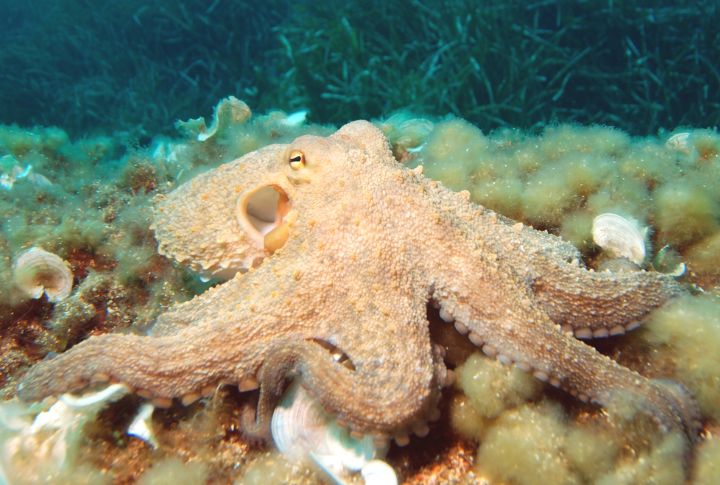
Octopuses don’t rely on DNA changes to evolve mentally. Instead, they edit their RNA to rewire brain function based on their surroundings. This ability allows fast adaptation—almost like updating their own software—and over 60% of their RNA shows this impressive activity.
They Throw Objects At Targets
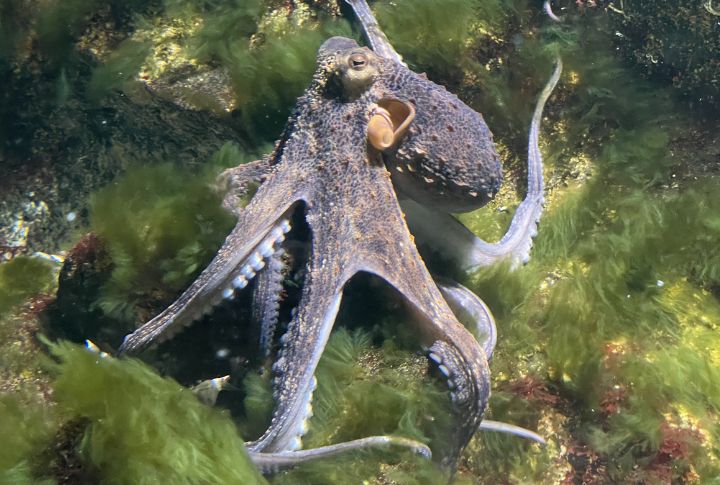
Footage shows octopuses flinging shells, silt, and debris with surprising accuracy. In some cases, they’ve aimed directly at other octopuses, possibly to express irritation. Females have even tossed objects at males during mating approaches, suggesting these throws serve social purposes too.
They Walk On Two Arms When Needed
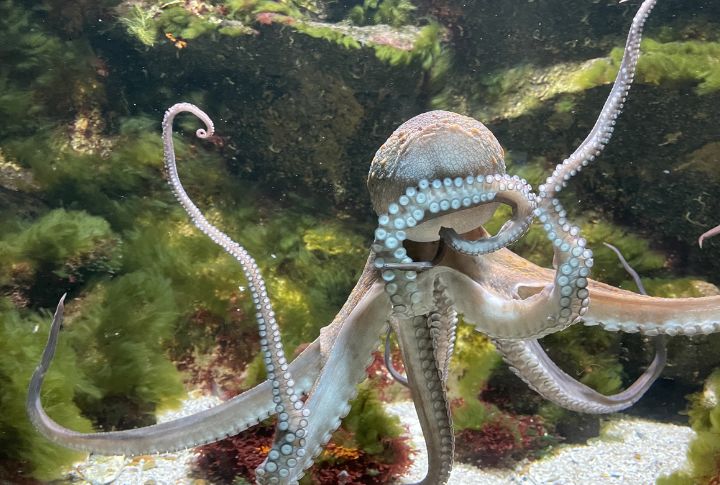
Instead of crawling with all eight limbs, certain octopus species rely on just two arms to move slowly and carefully across the ocean floor. The remaining arms curl to resemble algae or coconuts. This tactic lets them pass unnoticed and also stay hidden in plain sight.
They Can Detach An Arm As A Decoy

When a predator grabs hold, an octopus may break off one of its arms to slip away using a process called autotomy. The detached limb continues to writhe and distract the attacker. It later grows back fully, giving the octopus another shot at survival without permanent damage.
They Change Texture To Match Surroundings
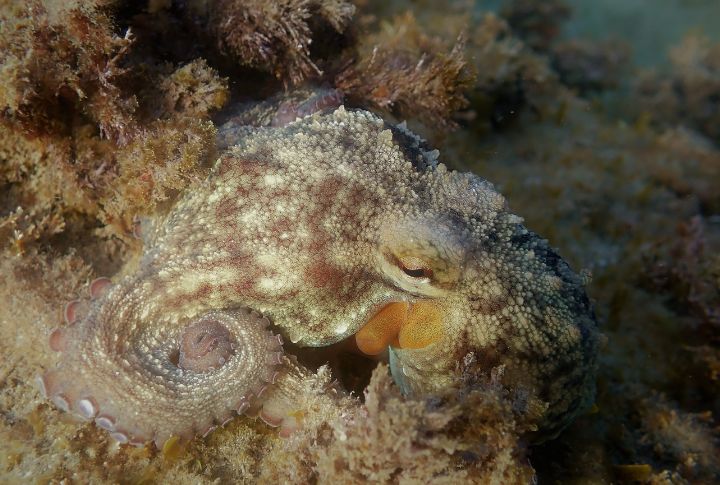
Octopuses don’t only switch colors. They also shift the surface of their skin using special muscles called papillae. This allows them to look like rough rock or coral. The effect works so well that it makes them vanish into the environment before any threat can spot them.
They Solve Complex Puzzles In Labs

Inside research labs, octopuses handle tasks like opening jars, untying knots, and working through mazes. They improve with practice and retain solutions over time. Individual responses vary, with some octopuses showing unique problem-solving preferences and behavioral quirks.
They Perform Daring Escapes From Tanks
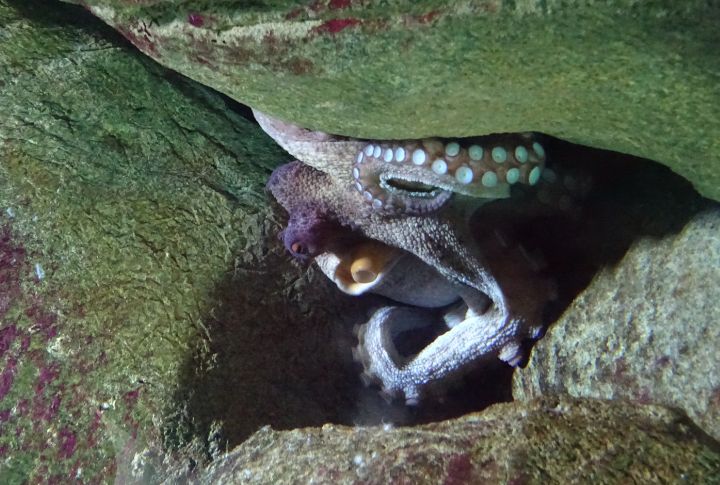
Octopuses often outwit their enclosures by slipping through the smallest gaps. Some have left their tanks to cross floors and reach others to steal food. Their bodies, free of bones, let them squeeze past barriers and escape unnoticed by handlers, who often compare them to “Houdinis of the sea.”

